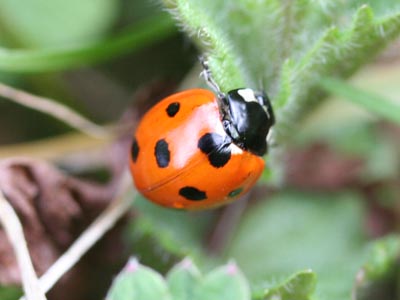The patches of Celandines are all fully open in the middle of the day, so the insects were making the use of the gap in the weather, too. The following shots of hoverflies illustrate some of the difficulties we have in making accurate identifications.
This is a male (eyes meet in the middle) Melanostoma species:
 |
| Male Melanostoma mellinum on Celandine |
Notice the very slender front feet.
Next we have a male Platychierus sp. (notice that the front feet are much wider and longer than those of the Melanostoma). The legs also appear to be more robust than those of the Melanostoma.
 |
| Male Platychierus sp. |
The next is quite a different beast altogether. It's a female (eyes don't meet in the middle) Cheilosia sp. Cheilosias are darker, chunkier and larger than the two previous families, and although it's difficult to detect from this shot, the wings have a bronze tint to them. Other shots leave me quite convinced that it's Cheilosia albitarsis, and the size is ok for that, too.
 |
| Female Cheilosia sp. |
This male Eristalis pertinax was basking on a Buttercup leaf:
 |
| Male Eristalis pertinax |
And this is also an emerging specimen: the first Common Carder Bumblebee - Bombus pascuorum - of the year. This has to be a queen, although these are much smaller than the queens of the darker bumblebees that we have around here.
 |
| Emerging Bombus pascuorum queen |
 |
| 7-spot Ladybird |
It's really full speed ahead on all fronts at the moment. This Common Dog Violet - Viola canina - is also just opening: the petals still have to rotate to their final positions.
 |
| Viola canina |
Hartstongue fern is usually the first to unravel. I have 15 or 16 different species of ferns on this stretch, so we should be able to follow the sequence of these as they open up:
Not bad for about 10 -15 minutes.



6 comments:
Lovely - I must try harder to get to grips with the hoverflies properly this year. I would not have been able to tell that Eristalis wasn't tenax, I really struggle with the tenax/pertinax distinctions.
Not bad at all for 15 min :-) Far too windy for any shots like that here for the past few days!
In most cases, E. pertinax will have much paler legs than E. tenax. The facial stripe is also much wider (>30%) in tenax, although you can't see it in the pic I showed.
As ever, fresh specimens are more easily separated than worn ones: this must be the cleanest one I've ever seen.
Beautiful photos of the emerging Spring Stuart. I particularly like the emerging ferns - I have an Irish tatting fern in a pot and it is just beginning to show signs of life.
You certainly made the best of your spot of sun. The pictures are beautiful. Soon it will be warm and the rain will only come once in a while.
"As ever, fresh specimens are more easily separated than worn ones: this must be the cleanest one I've ever seen"
of course - and it raises the question of what state hovers overwinter in. I'd always thought (some) hibernated as adults, since they can be out very early, on the snowdrops and early crocus flowers. Has there been time for a new generation since then?
Gill: Interestingly enough, tenax and pertinax have different overwintering strategies. Tenax females can overwinter after mating (see my post on http://donegal-wildlife.blogspot.com/2011/03/keep-learning.html), whilst pertinax all overwinter as larvae or pupae.
So the tenax females will be laying now, whereas the pertinax are hatching now and their second generation will be a little later in the year. 2-3 generations are possible each year.
Emma: I wish! Rain is the default in Co. Donegal. We have many more days with rain than dry days. It keeps the air very clean, though, and we have some rare lichens as compensation.
Post a Comment